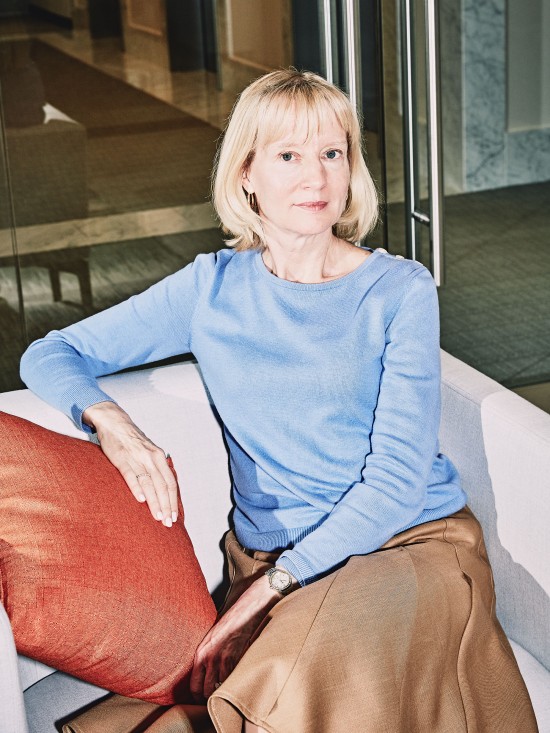Biotechnology
The anti-aging drug that’s just around the corner
We will soon learn if a much-hyped, rapamycin-like drug can boost the immune response by targeting how the body ages.



One of today’s most promising drugs for targeting aging has a long, circuitous history. In 1999, the US Food and Drug Administration approved rapamycin as an immunosuppressant to prevent the rejection of transplanted organs. Scientists later found it affected all sorts of biological processes; the “mammalian target of rapamycin” (or mTOR) includes immune function and inflammation.
Experiments also showed that rapamycin extended the life span of yeast, worms, and mice. Could it do the same thing in humans?
At present, there’s no rigorous way to test rapamycin’s potential to slow human aging. Rather, researchers have zeroed in on a significant aspect of aging—the decline in immune function—to see if drugs that mimic rapamycin can enhance immune function in older people.
Joan B. Mannick is cofounder and chief medical officer of a biotech company called resTORbio, spun out of Novartis in 2017, which is conducting clinical trials of RTB101. It’s a drug candidate at the forefront of efforts to slow the age-related decline of the immune response. Mannick says we will have our first answer about the potential of this anti-aging intervention within a year.
A: Yes. Around that time, in 2010, I went to Novartis in what’s called their New Indications Discovery Unit. In that unit, we were allowed to choose indications that didn’t fall into traditional Big Pharma buckets and so might be missed in drug development. The area that I wanted to work in was aging. I proposed to Novartis that I would look at the effects of Novartis’s rapamycin analogue, a cancer drug, on an aging-related condition in humans.
A: We had to think about: What is an aging-related endpoint that we can assess in a relatively short period of time in a clinical trial? What we decided to study first was immune function. When old animals are given TORC1 inhibitors [drugs that block the TOR pathway], there’s some data that their immune function gets better, and they respond better to an influenza vaccination. In the first study, the first thing we chose to do was just say: Can older people respond better to an influenza vaccination when they’re given a TORC1 inhibitor? At the time that we were running this trial, it was cold and flu season in the Southern Hemisphere, in Australia and New Zealand.
A: We were going into uncharted territory. No one had looked yet at whether TORC1 inhibition had any benefits in human aging. So yeah, that was one of those great moments as a researcher when you get data, and the data is positive.
“The field is not a decade away. We don’t know yet ... but if this result is positive we’ll have a product that is targeting the biology of aging.”
A: When you use it as an immune-suppressive agent, it’s used at high doses. When we’re studying its effects on modulating immune function, we use much lower doses or intermittent dosing, and that’s where we see it actually enhances immune function.
The other interesting thing is, as we age the mTOR pathway becomes overactive in some tissues. So just turning mTOR down to “younger” levels rather than turning it off—which is what we try to do in transplant patients—may be of benefit in aging-related conditions.
A: We don’t have anything to say about interim results. They’re still on track for readouts in 2020.
The exciting thing about this, which I don’t know if the aging field has realized, is this is the farthest-along program of anything in the aging field. We have two phase III trials targeting the biology of aging, to prevent aging-related diseases in humans, that will have a readout in a year. That’s huge!
The field is not a decade away. We don’t know yet, and we have to wait for the results of the trial. But if this result is positive and if health authorities approve this drug—which are two “ifs”—we’ll have a product for people that is targeting the biology of aging to prevent aging-related diseases. Not just in our lifetime, but in, you know, a few years.
I think everybody is sort of like, “Oh, in a decade ...” And no, it’s, like, soon!